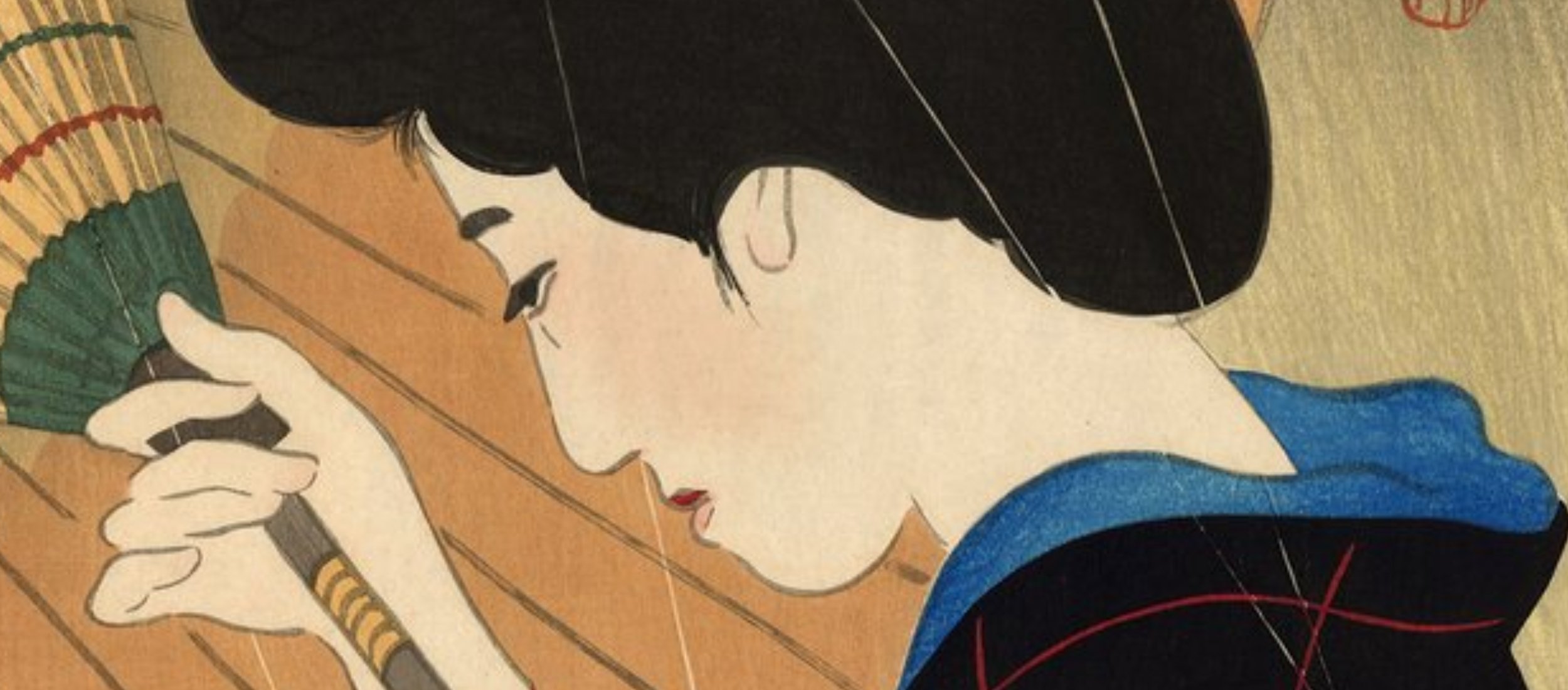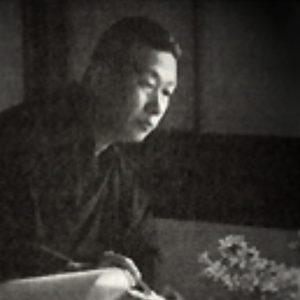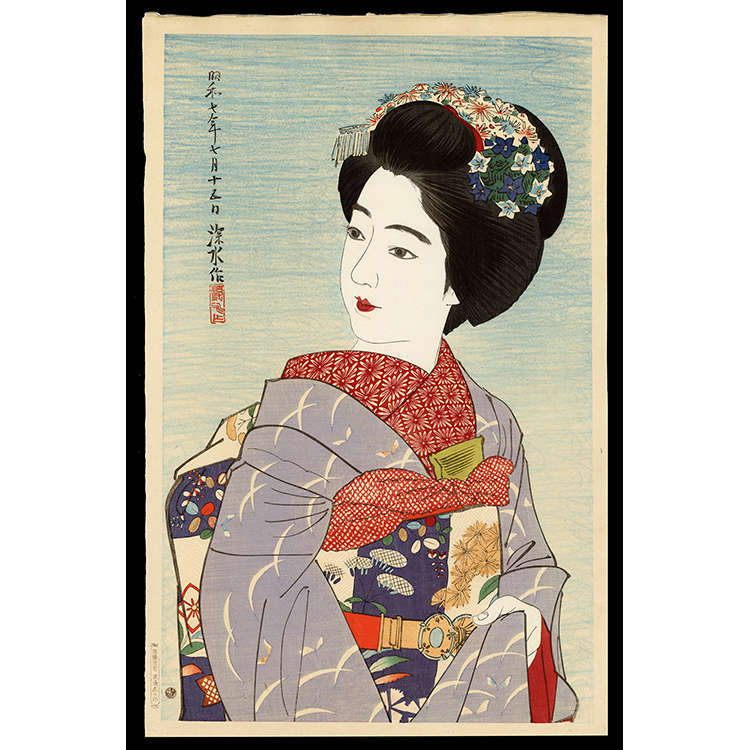SHINSUI
COLLECTING JAPANESE PRINTS FEATURED SHIN HANGA ARTISTIto Shinsui
1898 - 1972
Profile at a Glance:
Created nearly 150 woodblock print designs, primarily bijin-ga, for a variety of publishers but the vast majority were produced for Watanabe Shozaburo
In 1952 was designated by the Commission for Cultural Properties as a Living National Treasure and his woodblock designing deemed an Intangible Cultural Property.
A central figure of the shin hanga movement, Ito Hajime (Shinsui) was a print artist renowned for his depictions of traditional landscapes and bijin-ga. Born in Tokyo, the precocious Ito began working as a lithographic designer and illustrator for a printing company at the age of twelve. Two years later, he became a student of the artist Kaburagi Kiyokata, learning Japanese-style painting techniques. An auspicious young man, Ito quickly gained recognition for his works exhibited in Bunten, Teiten, and Nitten. By seventeen, he was producing illustrations for magazines, and a year later, he was discovered by publisher Watanabe Shozaburo.
Although Ito had no prior experience with prints, Watanabe saw potential in the young artist and commissioned him for Before the Mirror (1916), an artistic project that served to consummate their professional relationship. Subsequent series include Twelve Figures of New Beauties and Collection of Modern Beauties (1929–31). During his tenure with Watanabe, Ito produced a variety of bijin-ga (works for which he is chiefly known, the earliest strongly influenced by artist Hashiguchi Goyo, who was formerly employed by Watanabe). Later prints, however, became enervated as Ito worked less closely with publishing teams, producing designs by reworking sections of paintings rather than for prints. Although still remarkably beautiful, as seen in Tresses (1953), such works in many ways lack the exuberance and creativity exhibited early in the young artist's career. In addition, Ito produced landscapes utilizing geometric patterns and subtle hints of European expressionism, as seen in Eight Views of Lake Biwa (1917), Twelve Views of Oshima (1937–38), and Three Views of Mt. Fuji (1938–39).
Ito was later posted in Indonesia during the Pacific War and produced several landscapes produced by Watanabe in 1943. Upon his return, he was forced to evacuate to Nagano Prefecture, where he produced Ten Views of Shimano and Three Views of Kamakura, published in 1949. In 1952, Ito Shinsui was designated by the Commission for Cultural Properties as a Living National Treasure and his woodblock designing deemed an Intangible Cultural Property. He was appointed to the Japan Art Academy in 1958 and in 1970 was awarded the prestigious Order of the Rising Sun.








